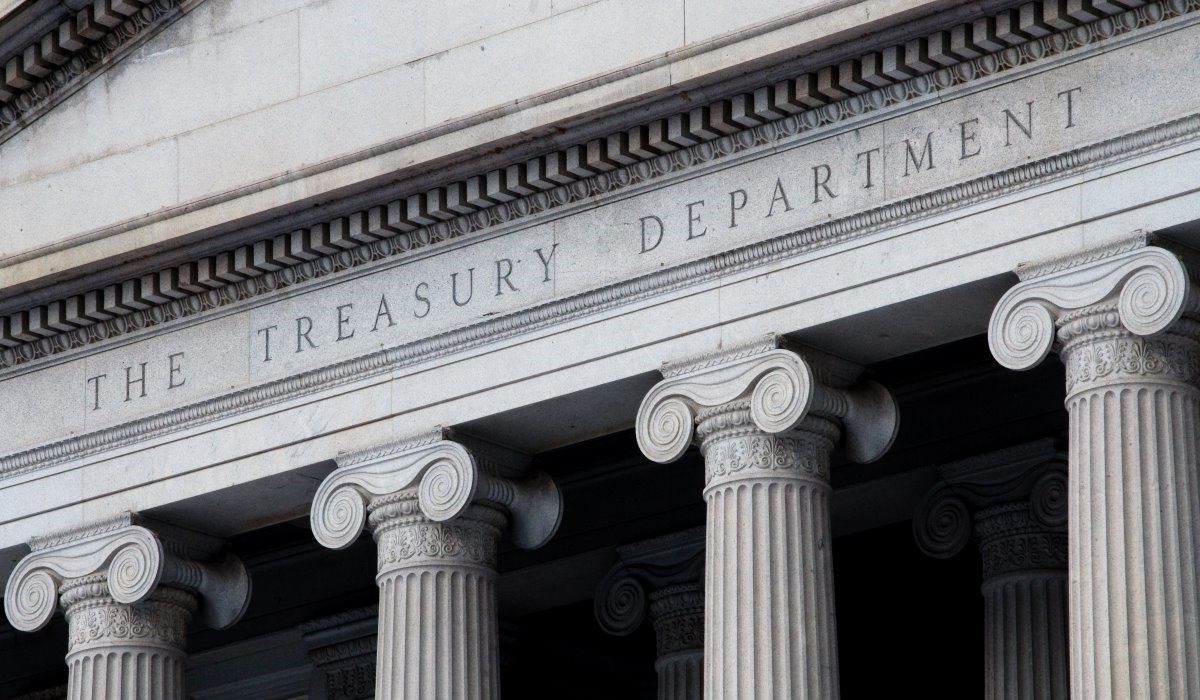Much of the city and the surrounding areas has been found to be unaffordable. This home at 13B Wolf St, Beaumaris, is available to rent for $1400, which overlooks Royal Melbourne Golf Club.
Renters are all but being forced out of inner Melbourne, with the closest affordable suburb now almost 20km from the CBD, a new report shows.
The latest Rental Affordability Index reveals Greater Melbourne’s rating has hit its worst level since 2011 after plummeting another 6 per cent in the year to June.
The average rental household, which has a gross annual income of $112,476, would now have to look as far as Campbellfield in the north or Melton, more than 30km west of the CBD, to find affordable rents at the median rate.
RELATED: Melbourne renters ditching landlords in droves, surge in empty homes
Left behind: $46bn road map to help Vic’s forgotten residents
The Block judge Marty Fox sells Mornington Peninsula ‘mullet house’
The situation is even more dire in the city’s east, where there’s no affordable rents until you hit Cockatoo, 45km from the city.
National Shelter and SGS Economics & Planning’s report found rents in Greater Melbourne jumped 52.8 per cent, from $360 per week to $550, over the past decade — eating up 25 per cent of a typical household income.
People on a single income with children can barely afford anywhere around Melbourne. Source: Rental affordability heat map 2024: SGS. View the full map here
This four-bedroom, three-bathroom home at 23 Oak St, Beaumaris, is available to rent for $1780 per week.
However, Melbourne remains the country’s second most affordable metropolitan area behind Canberra, and is now more accessible than regional Victoria, where the average renter forks out 28 per cent of their income to keep a roof over their head.
The report found as recently as 2022 tenants could afford to live 5-10km from the CBD in a corridor of suburbs like Footscray, North Melbourne, Parkville, Carlton and Hawthorn.
“In 2024 these affordable areas have almost completely vanished and many inner-city suburbs that had acceptable rents in 2022, such as Docklands and Southbank, are now unaffordable,” it said.
SGS Economics & Planning principal Ellen Witte said it was similar story across Australia, with only Tasmania and Canberra bucking the trend.
The CBD and surrounding areas remain severely unaffordable for minimum wage couples too. Source: Rental affordability heat map 2024:SGS. View the full map here
“It’s an issue that expands over time where cities initially have not been critically unaffordable to many, that has sort of spread as an oil stain to a wider area where large parts of metropolitan places are unaffordable,” Ms Witte said.
“And, especially since Covid, most regional areas, including Victoria have become increasingly unaffordable places for people to rent.”
Beaumaris is ranked as Melbourne’s most unaffordable postcode, with rent costing 47 per cent of average household income.
Shelter NSW principal policy officer Cathy Callaghan called for urgent rental reforms and greater investment in social housing across all levels of government to halt the spiral.
She said with Victoria’s public housing stock making up just 3 per cent of dwellings, there was no safety for low income earners.
“We acknowledge that Homes Victoria does have a plan to build 22,000 additional social housing dwellings by 2036 and we would say, particularly with the federal election coming up, there is a big opportunity and, I think obligation, on the Commonwealth to really help the states,” Ms Callaghan said.
22 Samuel Drive, Campbellfield is available to rent for $500 per week.
“We need a quadrupling of the Housing Affordability Future Fund to fund a much bigger expansion of social housing construction, particularly at a time when the private housing construction market in really in a lull.”
Tenants Victoria chief executive Jennifer Beveridge reiterated the need for a fairness formula to guide rent increases.
Sign up to the Herald Sun Weekly Real Estate Update. Click here to get the latest Victorian property market news delivered direct to your inbox.
RELATED: Melb renters ditching landlords in droves, surge in empty homes



















 English (US) ·
English (US) ·